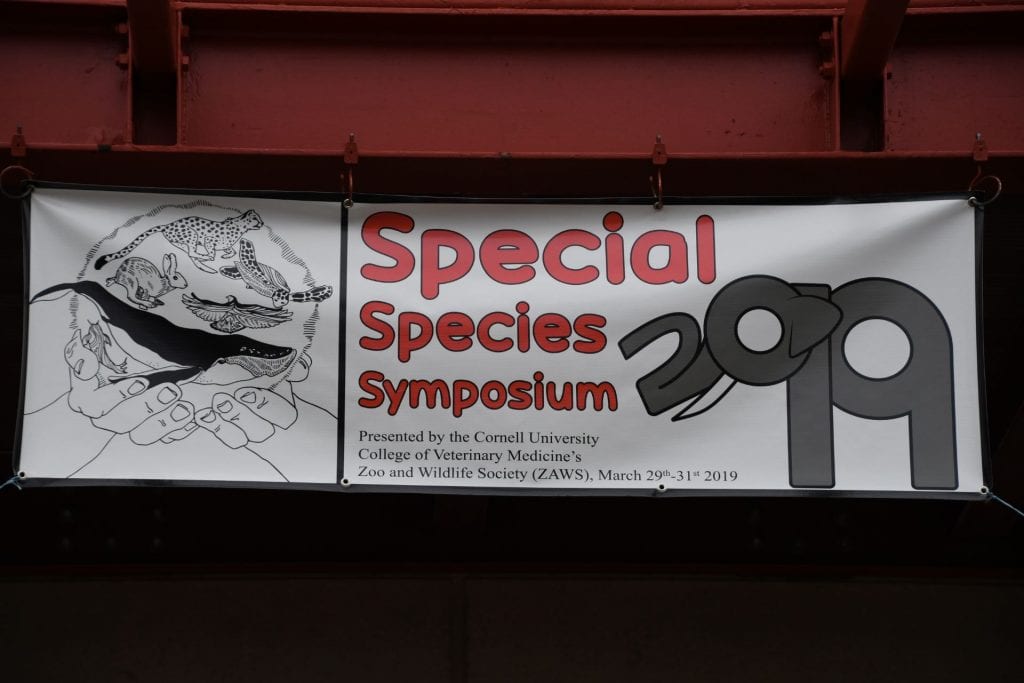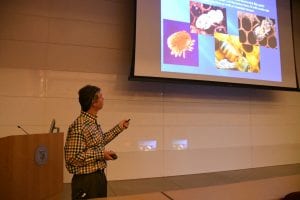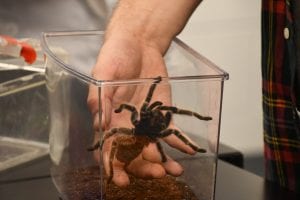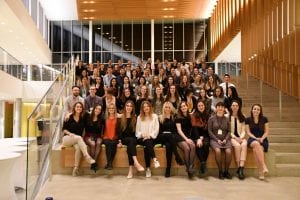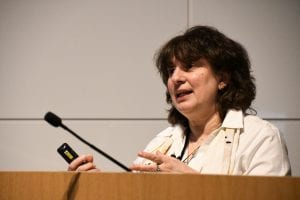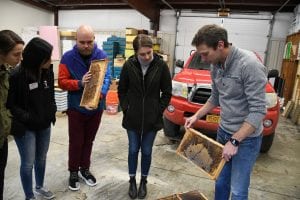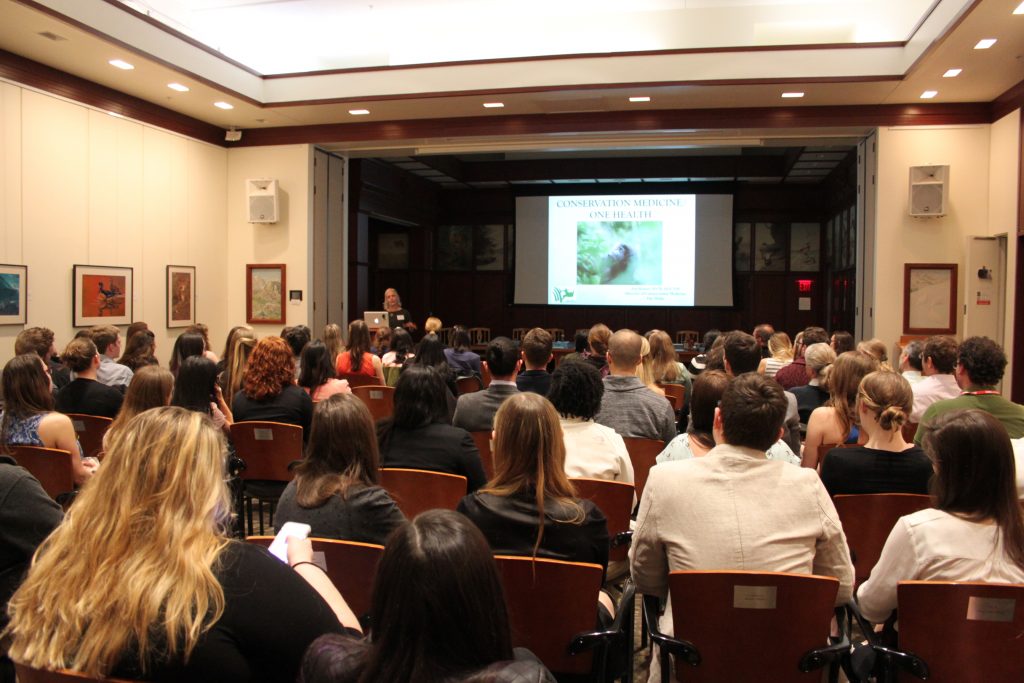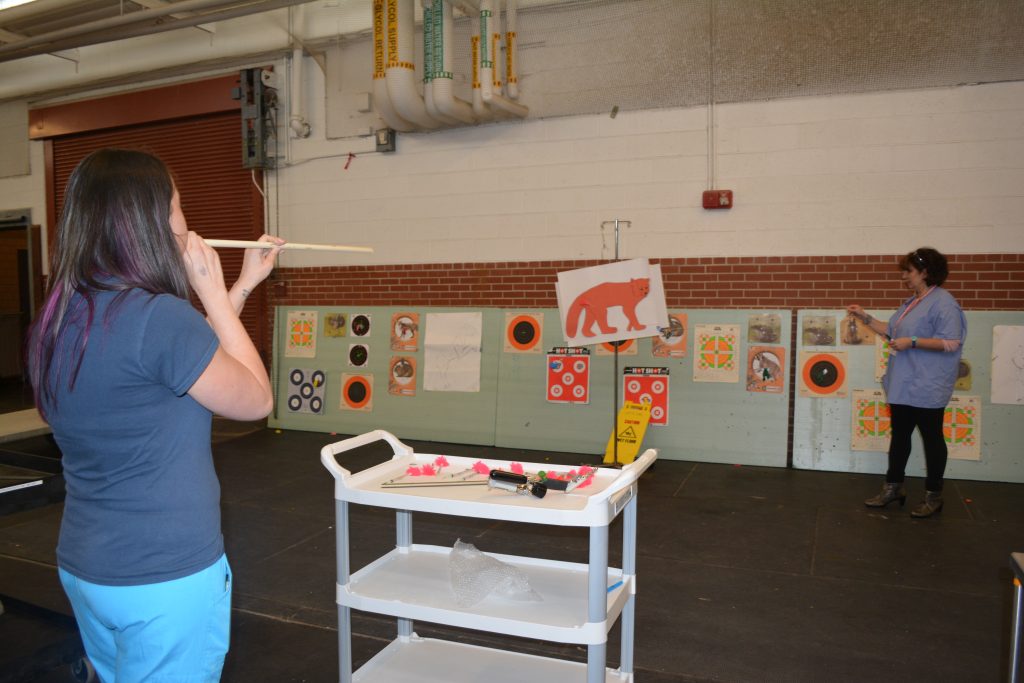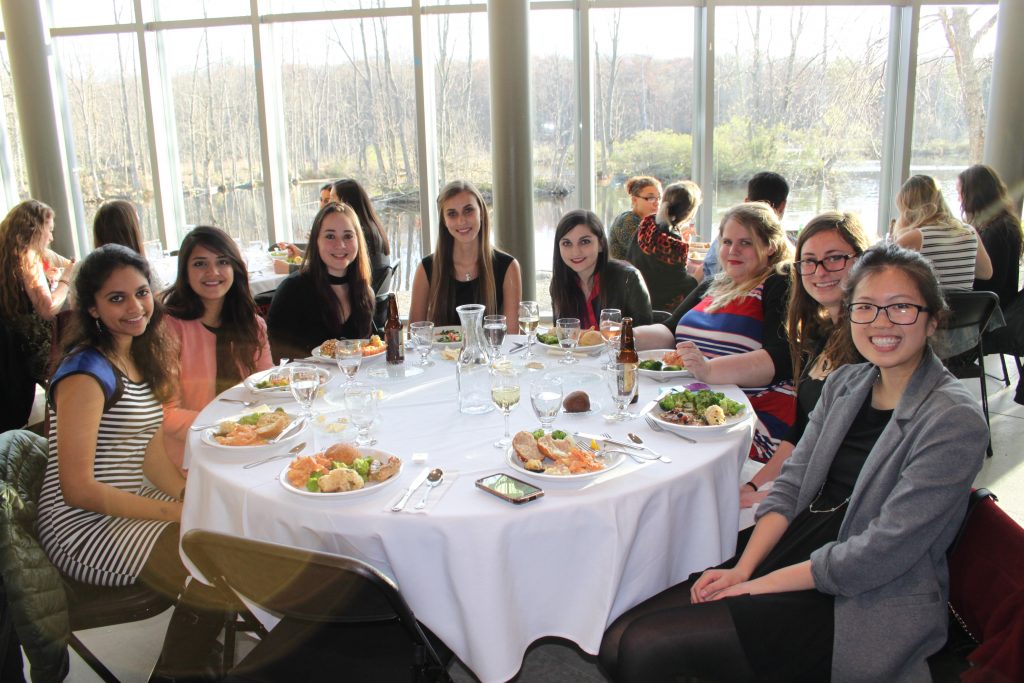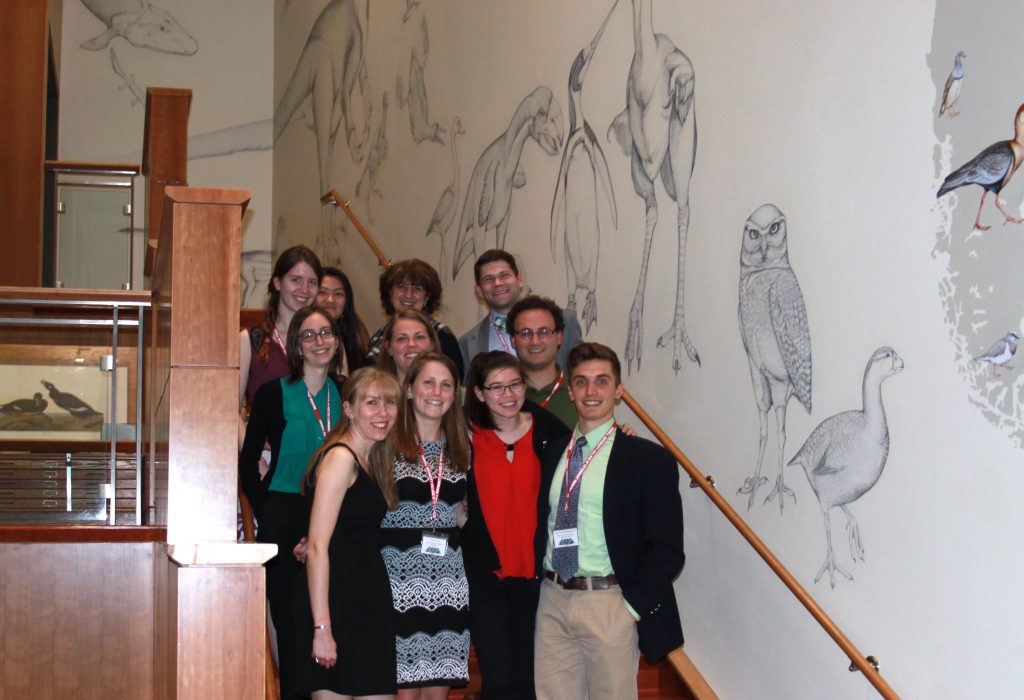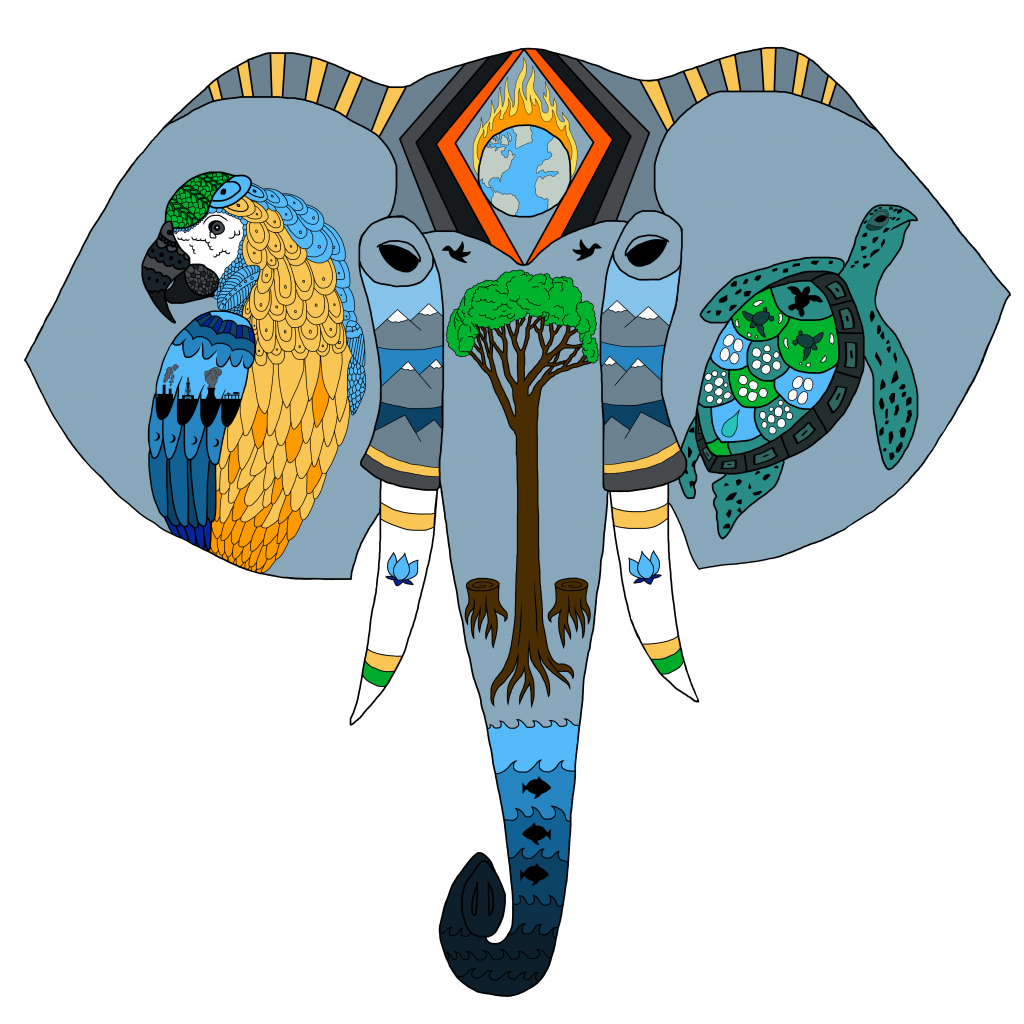
The Zoo and Wildlife Society (ZAWS) at the Cornell University College of Veterinary Medicine is so excited to welcome Dr. Matt Marinkovich as the keynote speaker for the 17th biannual Special Species Symposium, the purpose for which is to foster students’ educational experience related to non-traditional species through a series of lectures and hands-on labs led by experts in the fields of wildlife, exotics, zoo, and conservation medicine. Dr. Marinkovich obtained his veterinary degree from Cornell University College of Veterinary Medicine in 2014, and once held a position on the ZAWS E-board planning the exact same symposium where he will now give his keynote address, “From LH2 to the San Diego Zoo: Lessons from a Journey into Zoo Medicine.”
One of the many aspects Dr. Marinkovich valued about his education at Cornell University was the depth and breadth. He acknowledged some students’ desire to specialize and narrow their education to non-traditional species but confirmed that so much more can come from a diverse education. In fact, Dr. Marinkovich confessed that he still frequently integrates knowledge that he gained during his fourth-year large animal internal medicine rotation into his treatment plans at the San Diego Zoo. “A diverse education not only offers ample opportunities to gain good doctoring skills, but it allows one the opportunity to fall in love with a field of study that perhaps was never considered prior to vet school.” Afterall, in zoological medicine, he states, “everything is applicable.”
Keeping an open mind has always been important to Dr. Marinkovich because, “you may become enamored by something you never knew you would.” In fact, Dr. Marinkovich was a natural history major in undergrad, and it was not until he obtained a job as a veterinary assistant that he fell in love with medicine. When asked about what motivated him to pursue a career in veterinary medicine, Dr. Marinkovich remembered being blown away by all the problem-solving veterinarians get to do on a daily basis. He also latched onto the idea that veterinary medicine would not only enable him to help animals, but the people who interact with them as well. From studying zoonotic disease, to counseling owners through a clinical case, Dr. Marinkovich enjoyed how much veterinary medicine would allow him to support human and animal welfare.
Although Dr. Marinkovich kept his options open throughout vet school, he always had a special interest for non-domestic species. He specifically had a passion for wildlife and conservation and following an opportunity to spend a summer with a pathologist at SeaWorld, he knew that zoological medicine was the career for him. The more exposure to exotic species that Dr. Marinkovich got, the more he realized he enjoyed the challenge of coming up with creative solutions to manage their health. Dr. Marinkovich also admired zoological medicine as a student because he recognized that it would provide a chance to stimulate a passion for conservation among his community while still managing chronic disease, as well as high-pace, high-intensity clinical cases.
While Dr. Marinkovich eventually obtained his dream job working as a Clinical Veterinarian at the San Diego Zoo, a place where his grandparents took him since he could walk, he wants to be transparent that his road to success was not a straight shot. He did not match with a zoo residency the first time he applied, which he acknowledged as part of his triumph. Instead of becoming discouraged, Dr. Marinkovich viewed this as an opportunity, one that he took to complete two internships at the Animal Medical Center, the world’s largest non-profit animal hospital. Through his rotating small animal internship, Dr. Marinkovich gained clinical experience and client communication skills that he still uses today. However, it was not until his second internship in emergency and critical care medicine that Dr. Marinkovich was pushed out of his comfort zone, where he admittedly learned and grew the most, and gained confidence in himself as a veterinarian. Through this high-pressure experience, with his feet to the fire, Dr. Marinkovich realized that he had what it would take to be a zoological veterinarian.

Excitingly, and with persistence, Dr. Marinkovich matched with the UC Davis San Diego Zoo Wildlife Alliance Sea World Zoo Residency, an intense 3-year program offering clinical competency in exotic, zoo, aquatic, and wildlife medicine. During his first year, he spent a lot of time at the Sacramento Zoo and the Marine Mammal Center where he got to study lactate clearance in stranded pinnipeds. His second year was spent with some of the 12,000 rare and endangered species living within the 100-acre wildlife park at the San Diego Zoo, as well as the wide array of aquatic animals cared for by SeaWorld. During his third and final year, he used his cultivated knowledge to provide innovative, state of the art care for the magnificent animals at the San Diego Safari Park, including elephants, rhinos, and cheetahs.
After completing his residency, Dr. Marinkovich was pleased to stay at the San Diego Zoo working as a relief veterinarian. Then, much to his delight, he was offered a full-time position at the San Diego Zoo, where he expects to stay for life. Some may wonder how someone could be so willing to stay in the same work environment for so long, but no day is ever the same for Dr. Marinkovich at the San Diego Zoo. There are still times when he is presented with a new problem or a new species, offering an opportunity to learn something new every day. The constant intellectual stimulation offered by the San Diego Zoo is complemented by the excellent team of veterinarians who work there. When asked what he most enjoys about his job, Dr. Marinkovich mentioned the inspiring group of veterinary professionals that he gets to work with every day who support one another’s growth and wellbeing. Furthermore, he appreciates how interdisciplinary and collaborative the efforts of the San Diego Zoo are, recalling a time when the veterinary team worked closely with human doctors to resolve a complicated renal abscess on an older beloved orangutan.

Another aspect of the San Diego Zoo that Dr. Marinkovich greatly appreciates is the myriad opportunities to get involved with conservation initiatives. He has been all over the world, investing time and energy towards making it a more sustainable place to live, for both humans and animals. The San Diego Zoo has 8 different conservation hubs located throughout the world that share responsibilities such as disease investigation, biodiversity banking, and recovery ecology. In an uplifting effort through a captive breeding and release program designed by the San Diego Zoo, Dr. Marinkovich and his team are helping save the San Clemente loggerhead shrike, an endangered passerine bird. Dr. Marinkovich tells readers to stay tuned for more exciting conservation stories offered during his keynote address at the Special Species Symposium!
 Dr. Marinkovich is thrilled to come back to Cornell University and looks forward to seeing how it has changed since graduating in 2014. He is really looking forward to reconnecting with his vet school mentors, namely Dr. Noha Abou-Madi and Dr. Karen Kerns, who both play such an important role in the lives of students interested in pursuing zoological medicine. But, perhaps most notably, Dr. Marinkovich is eager to interact with vet students who share his drive to make a difference in the world through the lens of veterinary medicine. It was not that long ago that Dr. Marinkovich was an aspiring zoo vet like many of us, so he recognizes the stress and hard work that goes into actualizing that dream. Through his lecture, he hopes to convey excitement, ambition, and peace of mind, being a huge proponent for mental health in veterinary medicine. I felt so inspired by Dr. Marinkovich in just the short while I got to spend interviewing him for the WildLIFE Blog, an interaction I consider myself lucky to have had. Be sure to register for the 17th biannual Special Species Symposium so that you can relish in his journey towards becoming a Clinical Veterinarian at the San Diego Zoo, a story that will fill you with admiration, motivation, and awe.
Dr. Marinkovich is thrilled to come back to Cornell University and looks forward to seeing how it has changed since graduating in 2014. He is really looking forward to reconnecting with his vet school mentors, namely Dr. Noha Abou-Madi and Dr. Karen Kerns, who both play such an important role in the lives of students interested in pursuing zoological medicine. But, perhaps most notably, Dr. Marinkovich is eager to interact with vet students who share his drive to make a difference in the world through the lens of veterinary medicine. It was not that long ago that Dr. Marinkovich was an aspiring zoo vet like many of us, so he recognizes the stress and hard work that goes into actualizing that dream. Through his lecture, he hopes to convey excitement, ambition, and peace of mind, being a huge proponent for mental health in veterinary medicine. I felt so inspired by Dr. Marinkovich in just the short while I got to spend interviewing him for the WildLIFE Blog, an interaction I consider myself lucky to have had. Be sure to register for the 17th biannual Special Species Symposium so that you can relish in his journey towards becoming a Clinical Veterinarian at the San Diego Zoo, a story that will fill you with admiration, motivation, and awe.
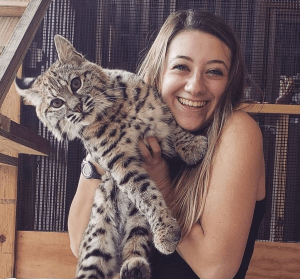
Maison Scheuer is the 2022-2023 WildLIFE Blog Editor and a proud member of Cornell ZAWS. Her passions lie at the intersection of veterinary medicine and wildlife conservation. She loves to travel and has spent time in Canada, Thailand, Alabama, Belize, and Honduras where she studied Columbian ground squirrels, elephant conservation, wildlife rehabilitation, and veterinary medicine. Though particularly interested in One Health and international medicine, she has also discovered a love for small animal medicine through her experience working as a veterinary technician at a full-service exotics and small animal private practice.

